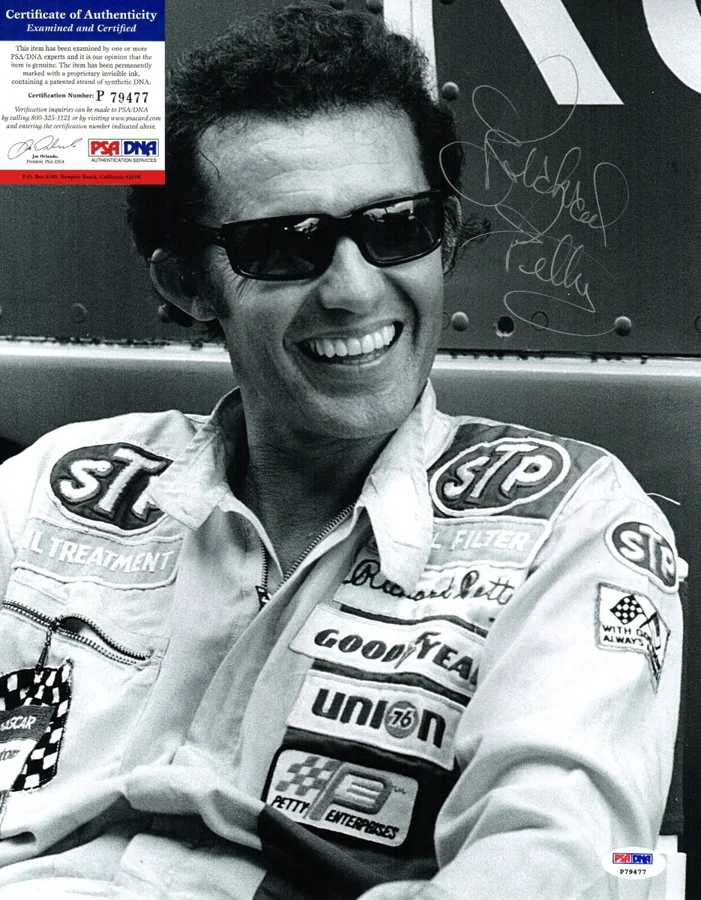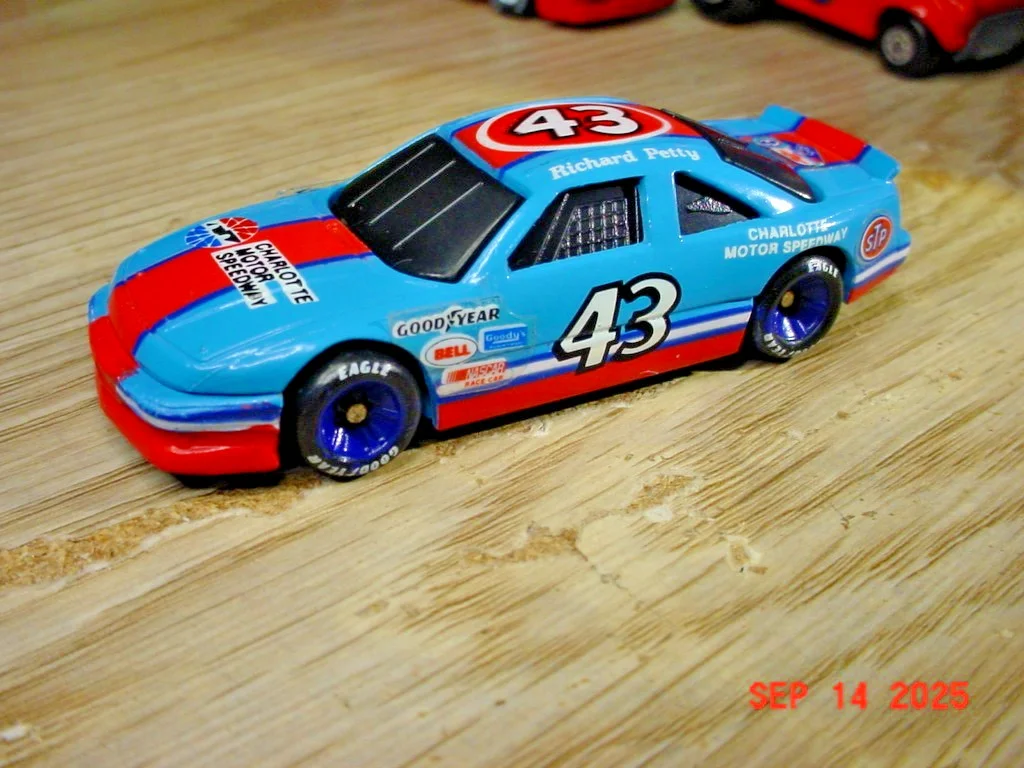Richard Petty Goodyear tire criticism has sparked a fresh debate in NASCAR after a turbulent race at Bristol Motor Speedway, where tire issues led to widespread frustrations and pointed commentary from Petty, Goodyear representatives, and top drivers. The controversy unfolded as teams grappled with Goodyear’s new softer right-side tire, resulting in on-track chaos and renewed scrutiny of tire strategy in the sport.
Calls for Change After Bristol’s Tire Mayhem
The aftermath of the Bristol Motor Speedway race has reignited the conversation about Goodyear’s role as the exclusive tire supplier in NASCAR since 1997. During the event, tire degradation was extreme, with drivers experiencing rapid wear and visible cording within the first 30 laps—far more severe than teams anticipated from previous practice sessions. William Byron of Hendrick Motorsports summed up the garage’s mood over the radio, voicing,
“These, these are bad. These are sh-t,”
as early tire failures turned racing into survival.
Unlike previous eras of fierce tire competition, NASCAR’s modern format places Goodyear in a solitary position, testing innovations often driven by requests from teams and the sport’s leadership. In the lead-up to and aftermath of the Bristol race, both Goodyear’s decisions and driver reactions drew unfiltered assessments. Petty, who remains deeply respected after a storied career spanning from 1958 to 1992 and achieving three Bristol victories, brought experience-driven insight that cuts through surface-level complaints.

Richard Petty’s Unfiltered Take on the Debate
In response to growing grievances from drivers, Richard Petty released a video message via his Instagram, unambiguously drawing lines around what he perceives as necessary driver adaptation versus misplaced blame. With 200 NASCAR Cup Series wins and a reputation for speaking candidly, Petty stated,
“I’m going to give you one man’s opinion of what I see. Goodyear’s spending millions of dollars to test these new tires because the drivers and NASCAR is asking them to help them with the car,”
Petty explained, echoing the fact that technical changes often originate within the sport itself and not from arbitrary decisions by Goodyear. —Richard Petty, NASCAR Legend.
Petty’s assessment comes after repeated episodes of tire-driven drama, including recent events at Richmond Raceway that also relied on softer compounds to encourage more varied strategies. He has publicly commented before on how strategic complexity often overtakes the pure racing aspect, recalling,
“When they throwed the green flag, everybody said, ‘OK, what are we going to do on tires.’ Not, ‘What are we going to do racing each other?’”
—Richard Petty, NASCAR Legend.
Drawing from his years of battling on Bristol’s demanding oval, Petty has little patience for complaints that overshadow driver responsibility. He cautions against turning every technical hiccup into a scapegoat and pushes for the competitive mindset that defined past generations of drivers. Emphasizing the gap between old and new, Petty declared,
“The car is what it is. Every time they change the tire, the people can’t keep up with the car because they don’t know how the car and the tire is going to react. And the drivers, they’ve got to learn to drive these cars. They’re not Rolls Royces where they can just sit around and cruise around,”
he asserted, underlining the need for drivers to embrace the sport’s unpredictable nature instead of seeking comfort and consistency. —Richard Petty, NASCAR Legend.
Inside Goodyear’s Tire Strategy and Industry Response
Goodyear’s unique position as NASCAR’s sole tire provider comes with steep expectations and intense scrutiny, especially when changes disrupt carefully planned strategies. Following Bristol, Goodyear explained that its new softer tire compound was delivered at the sport’s request:
“The industry has asked for this. We got the best drivers, the best crew chiefs. We’re gonna ask them to manage it, and we’re delivering on exactly what we were asked to do,”
commented a Goodyear representative, highlighting their attempt to increase tread wear and strategic variables on short tracks. —Goodyear Representative.
However, cooler-than-forecast overnight temperatures at Bristol exacerbated tire issues, dragging stint lengths down to about 25-30 laps compared to over 50 laps observed during warmer practice sessions. As tire cording and rubber debris littered the track, hasty adaptations were required; NASCAR approved the allocation of extra tires mid-race in response to mounting challenges. Goodyear worked quickly to make additional tires available, an effort reflected in the words,
“The team is working really hard to get this extra set mounted and balanced and ready. We’re going to go back to the same amount of sets we had in the spring race when we saw this same sort of condition. We’re ready to go,”
offering teams a chance to complete the event. —Goodyear Representative.
Mark Keto, Goodyear’s director of race tire sales, broke down the intent behind the design:
“It’s softer, but not softer in the sense that we’re trying to add a bunch of grip. It’s softer in the sense of we’re trying to get more tread wear when we know the track takes rubber and is rubbered in,”
he explained prior to the race. —Mark Keto, Director of Race Tire Sales, Goodyear.
Over 152 extra tires were distributed to help prevent teams from running out before the finish, with crews such as Ryan Blaney’s successfully adapting by leveraging tire management skills. Goodyear’s swift logistical response helped avoid widespread retirements despite the demanding conditions.
Drivers Divided, But the Debate Continues
While Richard Petty places the onus for adaptation squarely on drivers, many, including William Byron and Christopher Bell, vented their frustrations during and after the event. The underlying tension highlights a persistent divide within the garage: whether the evolving tire technology is a genuine step forward for competitive racing or an unnecessary complication. Petty, with deep roots in the era of multi-supplier tire “wars” involving brands like Firestone and Hoosier, argues that the challenge is fundamental to the sport and that contemporary drivers must rise to it.
Petty’s stance—firmly rooted in his own success at places like Bristol and Richmond Raceway—receives added gravitas considering he excelled before technological aids became standard. In today’s much more regulated world, where engineers and crew chiefs carry as much influence as drivers, the narrative has undeniably shifted. Still, Petty insists that drivers, now aided by millions invested by Goodyear and support from organizations like NASCAR’s garage, should focus on mastering whatever conditions they face instead of lobbying for more predictable equipment.
“Again, my solution would be, we’ve got so many rules on NASCAR, they’re in a little bog. I think we need to have Goodyear,”
Petty summarized, suggesting fewer rules and a greater spirit of competition. —Richard Petty, NASCAR Legend.
Recurring questions about whether today’s drivers are too sensitive or if Goodyear’s strategy is at fault remain unresolved. Yet, Petty’s challenge is unmistakable: drivers must find answers on the racetrack, not in the pits or media rooms.
What Comes Next for NASCAR’s Tire Landscape?
The friction between driver expectations, Goodyear’s technical innovations, and NASCAR’s evolving race formats is unlikely to fade. Goodyear’s willingness to react by supplying additional tires during high-drama moments like Bristol shows their intent to protect fair racing while supporting the push for more exciting competitions. Still, as long as results can hinge on tire management, this will remain a pressure point for both drivers and teams.
For now, the debate stirred by Richard Petty Goodyear tire criticism puts a spotlight on how tradition, innovation, and competitive spirit intersect in NASCAR. As the season progresses, all parties—the drivers, Goodyear, and race organizers—face calls to adapt, innovate, and perhaps heed Petty’s simple but resonant advice: accept the challenge and race on.
